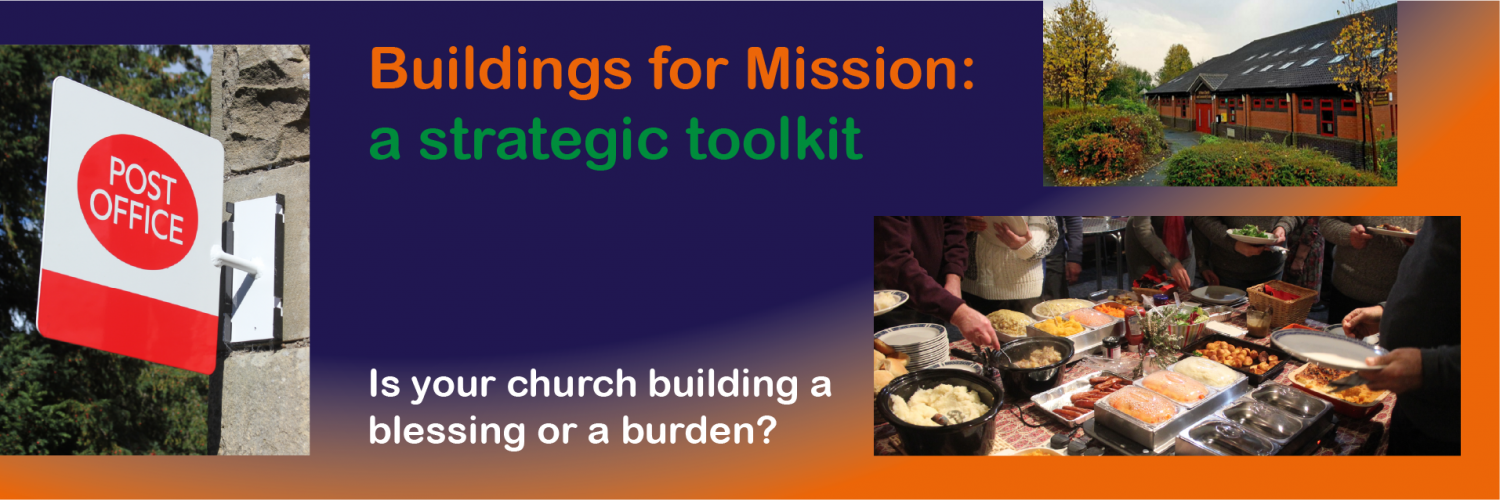
Summary
The following strategic review and toolkit for church buildings has been designed to support parishes in the Diocese of Lichfield from summer 2021. It was first presented in summary to Diocesan Synod in July 2021.
The problem
The pressure on parishes to maintain their buildings and increase their mission is arguably greater now than at any time in the past. Recognising the purpose and role of these churches, and whether they are perceived as a blessing or a burden to those who look after them, is key to discerning the way forward.
The church buildings review was started in a pre-Covid world and concludes as we tentatively emerge from this world-changing pandemic. Before Covid many churches were struggling, and this pandemic, with subsequent temporary church closures, has exacerbated the situation, moving many more churches to a more vulnerable position. As the pandemic unfolded so did the parameters of this review, such that it includes and now leads with an up-to-date response to where we are right now.
Rather than creating a strategy we have produced a strategic toolkit which parishes can utilise as much or as little as required, and which will be updated as resources emerge.
By way of overview, it is generally acknowledged that the Church of England may have more churches than it now needs. We are fortunate that over the last circa 900 years generous benefactors have financed the building of churches for the benefit of generations that they will not see, but without any thought that our living environment may change. There has been a move from country to town, we are no longer a single faith society, Sundays are no longer the sacred day of the week that they once were, and people’s requirements have changed.
As a result, some of our church buildings, beautiful as they may be, are no longer fit for purpose, while others are holding their own but would benefit from some identified support.
Churches are very often staffed almost entirely by volunteers, who by their own admission are often getting older, have less time, or do not have the skills.
We have been encouraged to review this situation, to look at what resources we have, and to consider what resources we might need to support our churches with their buildings, in their mission and their purpose for the future. Indeed, this resultant toolkit is inextricably linked to and supports the Shaping for Mission process.
The solution
This takes the form of two parts: a strategic review and then four practical modules for action.
The strategic review sets the scene, introduces the contemporary, national and diocesan context, with an immediate response to the current situation alongside the Shaping for Mission process.
The toolkit provides practical suggestions for parishes to explore the way ahead:
- Toolkit module 1 – emphasises the necessity for early intervention to save churches from being unnecessarily closed forever
- Toolkit module 2 – considers the different roles churches provide and the legislation governing their use
- Toolkit module 3 – lists options and models for change including closure, sharing, community/commercial use, promoting tourism and fundraising
- Toolkit module 4 – examines practical issues such as maintenance, insurance, net zero carbon, and training
Recommendations
For the diocese to:
- Support a protocol of early intervention
- Undertake further data collection and analysis
- Ensure sufficient ongoing resources to support churches
- Designate use of church models (e.g. Festival Church as an alternative to and minimising church closures)
- Investigate ways church maintenance can be facilitated
- Continue to facilitate training, advice and good practice
- Promote and actively participate in tourism projects (such as Shropshire/Hereford partnership)
For parishes to:
- Utilise buildings asset review tools and this toolkit
- Explore opportunities for greater community engagement
- Investigate support opportunities: grants/trusts/maintenance/change options
- Aim to be carbon net zero by 2030
- Ensure church buildings are a blessing and not a burden
Next section: Strategic review part 1: Introduction